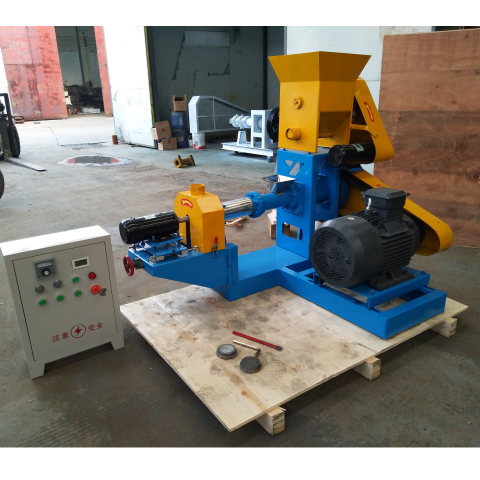
| Price | Negotiable |
| Delivery | AsiaWithin 3 days after payment |
| Insufficient stock for this product |
The aquaculture industry has seen tremendous growth in recent years, driven by the increasing demand for fish as a protein source. One of the critical components of successful aquaculture is proper nutrition, which is where the fish feed machine comes into play. In this blog post, we will explore the significance of fish feed machines, their benefits, types, and how they are transforming the aquaculture industry.
A fish feed machine is specialized equipment designed to produce various types of fish feed. These machines are essential for creating high-quality, nutritious feed that promotes healthy growth in fish. They come in different sizes and capacities, making them suitable for both small-scale and large-scale aquaculture operations.
Consistent Quality: Fish feed machines ensure the production of consistent and high-quality feed, which is crucial for the health and growth of fish.
Cost-Effective: By producing feed in-house, fish farmers can significantly reduce their feed costs compared to purchasing commercial feed.
Customization: These machines allow farmers to customize feed formulations based on the specific nutritional needs of their fish species.
Efficiency: Automated fish feed machines enhance production efficiency, saving time and labor.
Sustainability: By optimizing feed production, these machines contribute to more sustainable aquaculture practices.
Dry Type Fish Feed Extruder: This type of machine uses high temperature and high pressure to produce floating or sinking feed. It is ideal for producing a wide range of feed sizes and shapes.
Wet Type Fish Feed Extruder: Unlike the dry type, the wet type requires a steam boiler to supply steam. It produces more durable and easily digestible feed, making it suitable for high-output operations.
Single-Screw Extruder: A cost-effective option for small to medium-scale farms, this machine is easy to operate and maintain.
Twin-Screw Extruder: Suitable for large-scale production, this machine offers high output and flexibility in producing various feed types.
Fish feed machines operate through a process known as extrusion. Raw materials, such as fish meal, soybean meal, corn, and vitamins, are mixed and ground into a fine powder. This mixture is then fed into the extruder, where it is subjected to high temperature and pressure. The extruder shapes the feed into pellets, which are then dried and cooled before packaging.
Capacity: Choose a machine that matches your production needs, whether for small-scale or large-scale operations.
Feed Type: Determine whether you need a machine for floating or sinking feed.
Energy Consumption: Consider the energy efficiency of the machine to manage operational costs.
Ease of Maintenance: Opt for a machine that is easy to clean and maintain to ensure long-term reliability.
The fish feed machine is a vital tool in modern aquaculture, offering numerous benefits that enhance productivity, reduce costs, and promote sustainability. By understanding the different types of fish feed machines and their functions, fish farmers can make informed decisions to improve their operations and ensure the health and growth of their fish stocks.